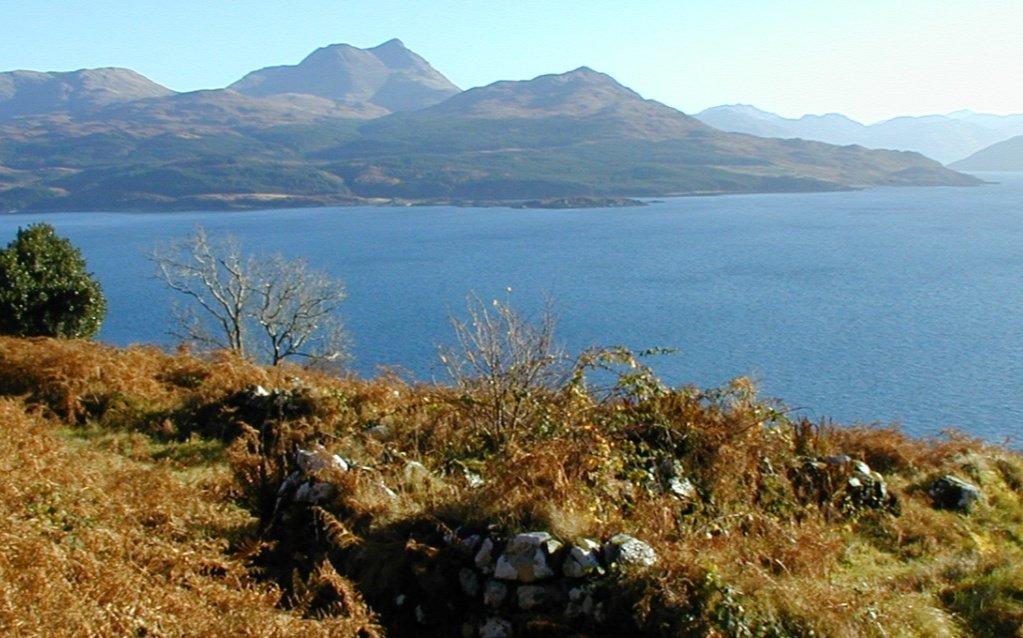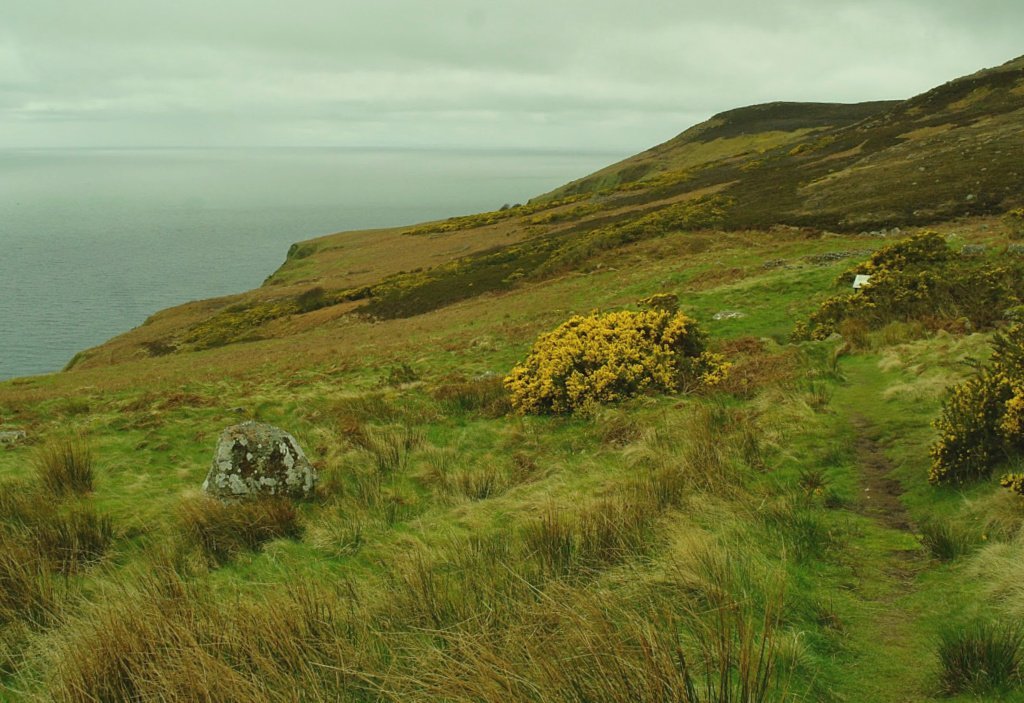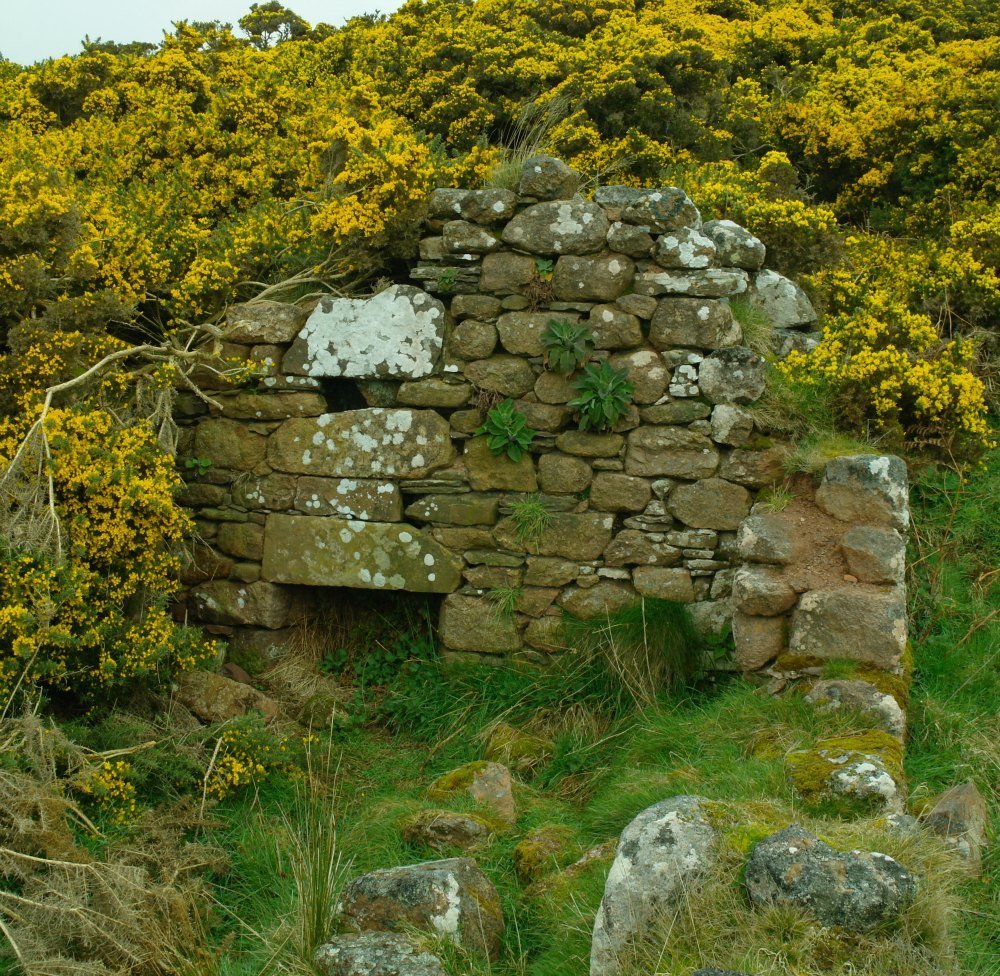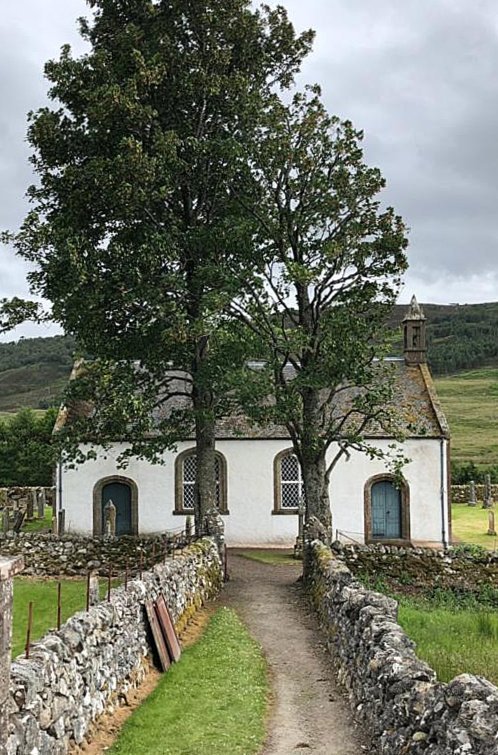Were the Highland Clearances ethnic cleansing or did the landlords really think it was done for the good of the locals? Still an emotional topic in the Highlands today.
The Highland Clearances, sometimes in Scotland’s history just referred to as ‘The Clearances’, were a period of huge social upheaval throughout the Highlands of Scotland.
Some commentators interpret the evictions that took place as a form of ethnic cleansing.
Other historians see the uprooting of a native population as inevitable, given the changing economic and political climate in the north that gained momentum towards the end of the 18th century.
The change and disruption to Highland communities and the creation of the emptiness we associate today with large tracts of the Highlands took place as landowners found new ways of making money from their land.

This necessitated re-settlement of tenants cultivating communal land.
The native people, with their Gaelic culture firmly embedded in the places where they had lived for generations, had little say in the new regime.
They were either forced to move to Scotland’s cities to find work, to emigrate and start again in the New World, or they were sometimes allocated coastal marginal land.
This was in order to clear the inland grazings for the estate owner’s sheep – at the time regarded as profitable and innovative in farming terms.
The new coastal settlements were intended to be sustainable through fishing and kelp-gathering. (The kelp or seaweed was processed and used in chemical and soap making industries.)
When these activities proved to be unsustainable, a further wave of emigration followed on.

A Dance Called America
Some of the emigration was voluntary – a circumstance remarked upon by James Boswell, touring Scotland with the English lexicographer Samuel Johnson in 1773.
On Skye, for example, he records in his Journal ‘We performed, with much activity, a dance, which, I suppose, the emigration from Sky has occasioned. They call it America.
Each of the couple, after the common involutions and evolutions, successively whirls round in a circle, till all are in motion; and the dance seems intended to shew how emigration catches, till a whole neighbourhood is set afloat.”
The Highland Clearances And Dunrobin Castle
Aside from voluntary emigrations – and not all Highland landlords were tyrants – many episodes of the Highland Clearances were carried out with much brutality – for example, the forced removal of tenants irrespective of age or infirmity, and the burning of their townships.
The Strath of Kildonan is one such notorious place, where between 1813 and 1819 the entire glen was cleared, in the name of the Sutherlands of Dunrobin Castle.
At the time, they owned most of the country of Sutherland. (Kildonan in Canada was where some of the Highlanders eventually settled.)
Helmsdale, at the coastal end of the strath, grew from a ‘planned village’ of 1814.


In any tour of these northlands it is worth taking the short walk from the roadside down to the site of the Clearance village of Badbea, north of Helmsdale.
It was settled by cleared Highlanders from the neighbouring straths. They were forced to build new homes here.
It is said their young children had to be tethered in cased they strayed near the cliffs.
Badbea’s location on the open ground above rugged cliffs is obviously very exposed.
In the pictures above, the white dot half-hidden by bushes on right of picture is an interpretation board, while a ruined gable end is all but swallowed up by the flowering gorse.
There is also a monument on site (dated 1911), commemorating the final departure of the folk who finally left for New Zealand from here.
(You should also visit Timespan, the heritage centre, in Helmsdale – it’s a must see for the story of the area.)
Other parts of Easter Ross also saw violent evictions.

In Glencalvie in Easter Ross there is a remarkable survivor from those awful times. It dates from 1845.
Preserved on a window pane in Croick Church in Glencalvie are the pathetic messages scratched by evicted families as they sought temporary shelter in the kirkyard.
A reporter for The Times of London, England, just happened to be there and thus the story was reported widely.
A close-up picture is on the Scottish history page.
Also, some say that many with the name Sutherland, whose families to this day live along the south coast of the Moray Firth, all came from the cleared settlements along the north side of the Firth.
Patrick Sellar, the Duke of Sutherland’s notorious estate manager, wrote:
“A most benevolent action, to put these barbarous Highlanders into a position where they could better associate together, apply themselves to industry, educate their children, and advance in civilisation.”
He was eventually charged with arson and homicide, as his men set fire to tenants’ houses in Strathnaver with old people still inside them.
He was acquitted.

In any case, a guidebook to Dunrobin Castle, printed as recently as 1991, explains it differently.
In a reference to the role of the Duke of Sutherland and his improving policies, the guide states…
‘Much the same thing is done today by town councils who uproot people from their old shabby but neighbourly streets and place them in ultra-modern, clinically clean but often high-rise flats, usually against their will’.
That crass piece of insensitivity should be reason enough for any of you with the slightest socialist leanings to give this least stately of stately homes a miss!
It is almost impossible to miss this story if travelling up the coast of the Moray Firth. Behind the little town of Golspie on the hill called Ben Bhraggie stands a massive monument to George Leveson-Gower, Marquess of Stafford and first Duke of Sutherland.
This monument to the perpetrator of so much upheaval is so prominent that I can see it through binoculars across the firth – when I lived 70 miles / 110km from it! So far it has withstood dynamite (1994) and stone removal (2011) and still stands at time of writing (2020).
Highland Clearances were widespread
not just in Sutherland
This page provides the briefest of introductions to the episodes of the Highland Clearances, which were widespread right across the Highlands.
The Isle of Skye is another location in Scotland with a shameful story of forced emigration; Barra in the Outer Hebrides, also, where the name Gordon of Cluny is still infamous.
However, it would be wrong to think of the Highland people as living in some kind of rural Arcadia until wicked landlords came along. Nothing is that simple.
The world was changing, the Industrial Revolution was impacting on lives – and even the Sutherland dynasty spent large sums of money in trying to find solutions to the issue of a growing population living on marginal land.
Were the Highland Clearances in Scotland’s history really ethnic cleansing or done to the native people ‘for their own good’? It all depends on your point of view.
The ‘Scottish Border Clearances’
Finally, a kind of footnote. Though we associate the phase of cruel evictions to a historic period that lasted well into the 19th century, it is curious to note that even in the 21st century there are echoes of those times.
In February of 2018 a petition was started through the pressure group 38 Degrees, drawing attention to the availability of large sums of public money for new forestry plantings in Scotland.
This naturally attracts large private landowners.
The petition specifically targeted the Buccleuch Estates. It is claimed they are not renewing some farm tenancies in the Scottish Borders in order to convert the land to forestry.
Public Money To The ‘6th-Richest Duke In The UK’!
The 10th duke of Buccleuch is sometimes described as Scotland’s largest single landowner with 280,000 acres (110,000 ha). Sometimes he is also described as the UK’s largest landowner (though the puir chiel is only the 6th richest duke in the UK).
Anyway, as he inherited something like £320 million after his dad died in 2007, he sounds quite comfortably off. Nevertheless, his estates will be benefiting from the funds.
Oddly, this chimed with something I noticed once while exploring the wee connecting road between Yarrow and Ettrickbridge in an out-of-the-way part of the Scottish Borders.
It’s sometimes called ‘The Swire’ and is popular with cyclists – at least the ones who like pedalling uphill.
We stopped the car at the watershed, sometimes known as ‘Witchieknowe’. It gives a quite nice view across a lot of rolling and fairly featureless grassy terrain. A stone structure caught my eye. I strolled over and saw an inscribed stone.

When I read it, I soon saw it was one of these forelock-touching ‘grateful tenantry’ type inscriptions to the wee-bit local lairdie (or heid bummer).
I assumed it was Victorian in origin until I came to the date. Astonishing! 2005!
A hand-build wall and seat as a 21st birthday present to the 10th duke of Buccleuch’s son.
He is Walter John Francis Montagu Douglas Scott, aka then as lord Eskdaill, or he can have the earl of Dalkeith also as a label.
I was amazed – I truly thought that in the 21st century, such toe-curling gestures of class demarcation had disappeared.
Apparently not in parts of the Scottish Borders. (You can see the site of the gift to the young lairdie-to-be on googlemaps here.)
Tenants were removed for sheep, then deer and now, perhaps it is to be trees? More information on the call to protect Scotland’s’ tenant farmers on that link.
This piece on modern day clearances in Scotland from The Scotsman newspaper also of relevance.
The Isle of Barra mentioned above. Well worth a look. Or see the north coast of the Moray Firth on this tour description.